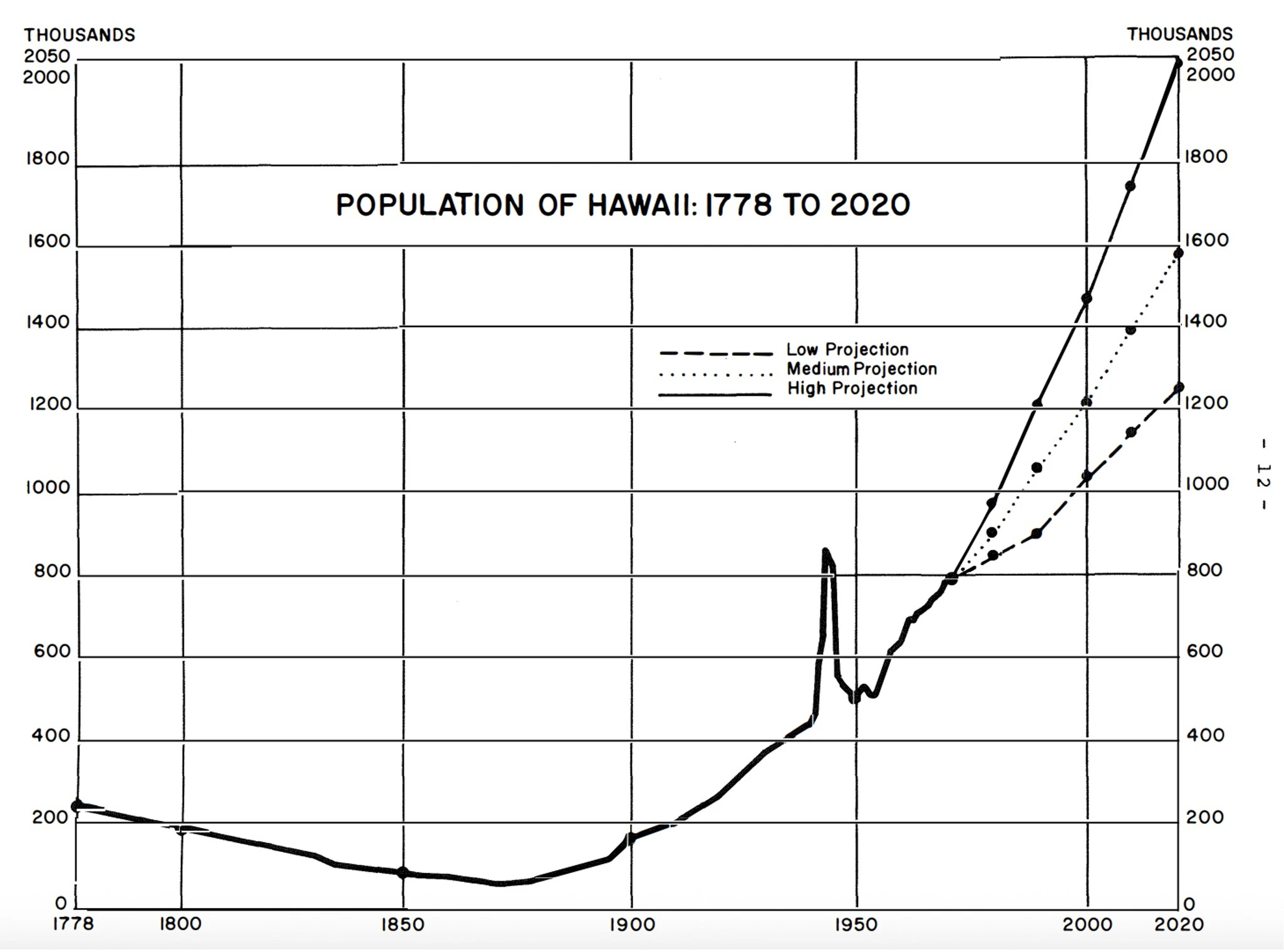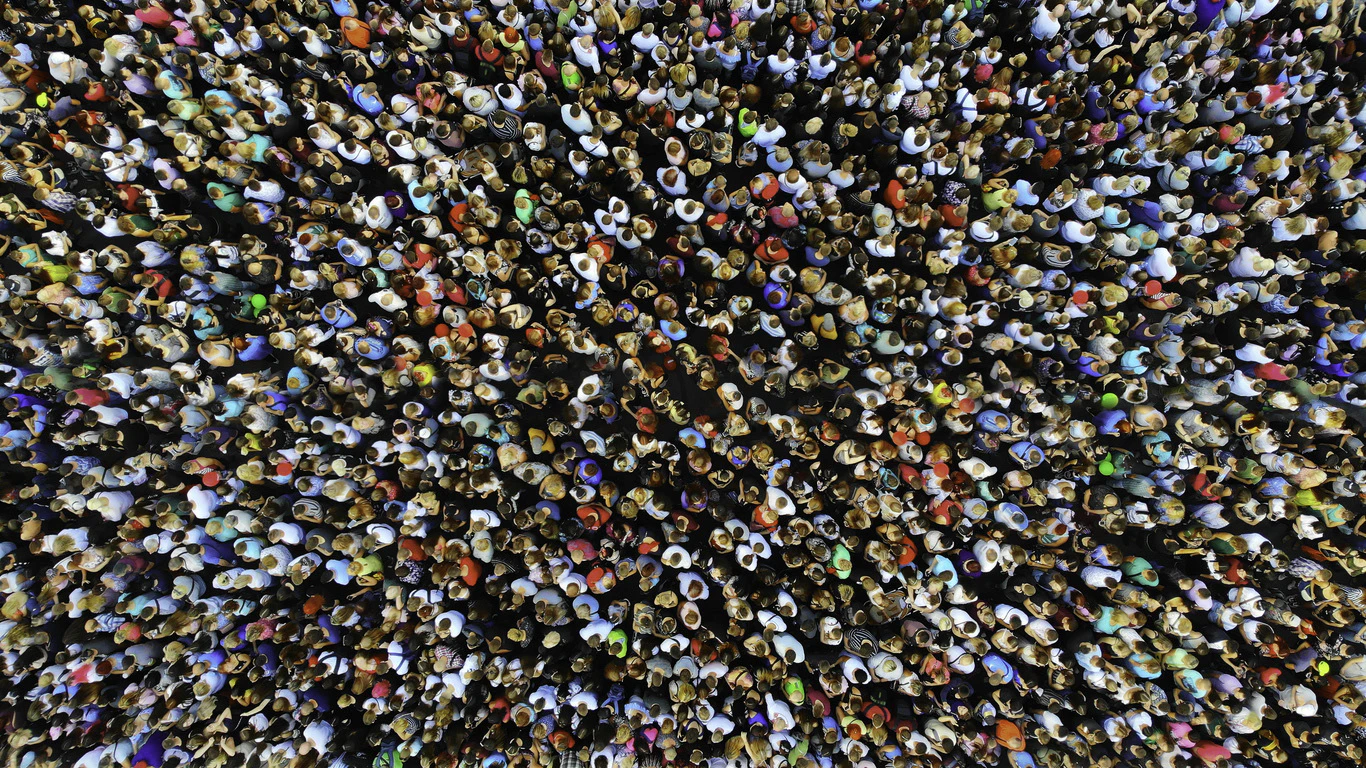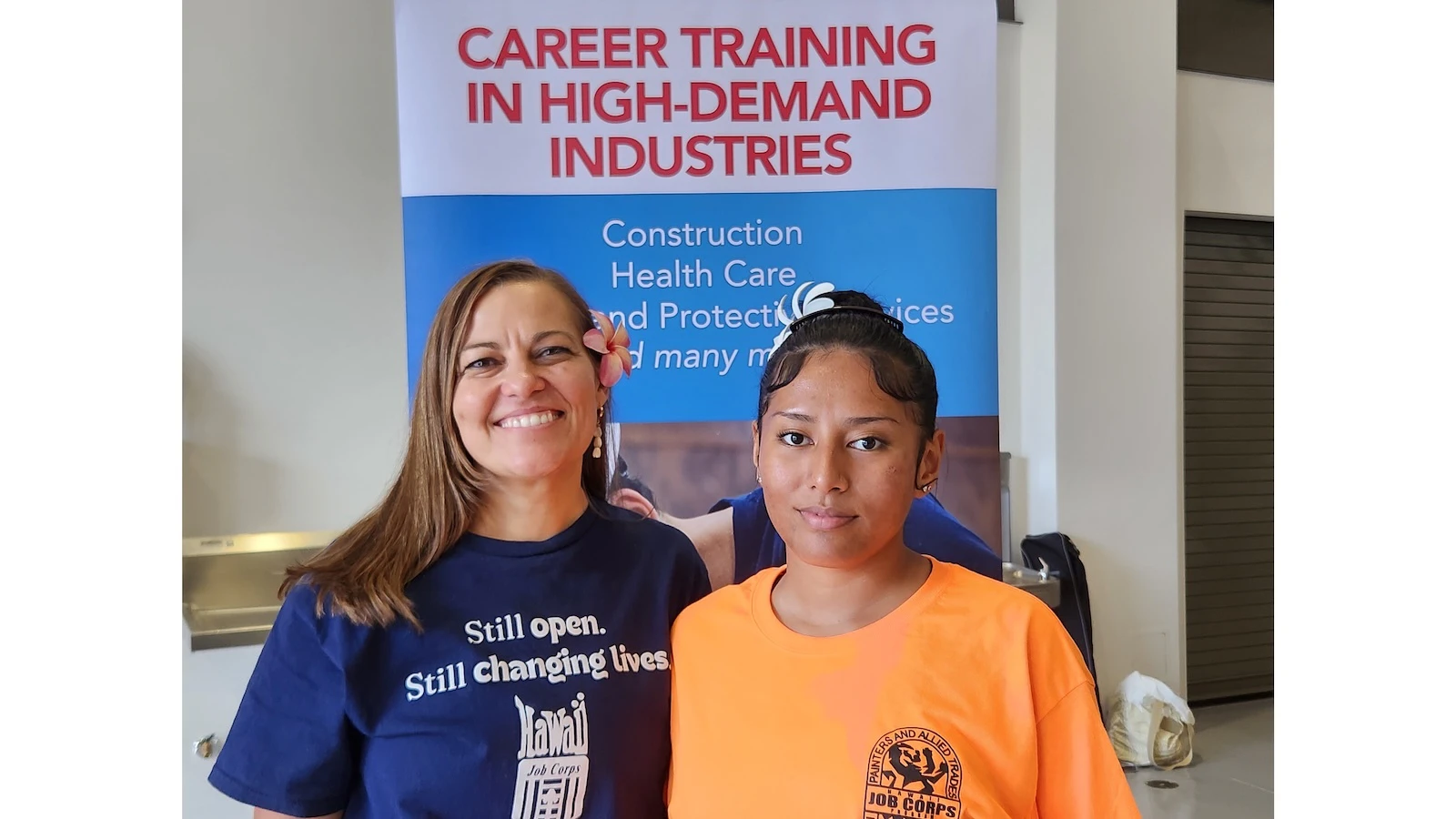The most bizarre section in Hawai‘i’s constitution is the one that relates to the state’s regulation of population growth. It is a testament to a bygone era informed by misguided local anxieties.
Runaway population growth across the Hawaiian Islands once occupied the Hawai'i zeitgeist. While much of this mindset persists in the halls of society, it contrasts with Hawai‘i’s contemporary demographic woes.
Between April 1960 and April 1970, Hawai‘i added 115,510 residents to its population, totalling 748,182 residents across the islands. It was a meteoric rise that stressed the Hawai‘i’s poor infrastructure, corrupt land management practices, and limited housing across the islands.
Hawai‘i was a young, growing society. The median age of a resident was 25. Much of the State’s dynamism and vigour, in turn, were informed by a mix of talent both local and non-local.
Perhaps it was too much of a good thing.
During this time, national commentators were fretting about the global population’s growth. Paul and Anne Ehrlich had co-authored The Population Bomb in 1968. Internationally, the Club of Rome furnished the Limits to Growth report, which only further argued against overconsumption. Political views wrapped in scientific dogma started-off a new movement whose cultural salience was confirmed by the 1973 film Soylent Green.
While societies were wasteful and inefficient, these reports didn’t necessarily call for more efficiency. Instead, they called for fewer people.
While the times have changed, our Constitution’s outdated language shows how we are still stuck in the ’70s. Through national debates over population control, Hawai‘i became a tragic guinea pig that used environmentalism to justify population control, opening the floodgates for arguments against urban development, immigration, and economic growth.
These conversations continue to plague Hawai‘i’s zeitgeist, most notably when it comes to unnecessary conflict between economic growth and environmental stewardship.
An Unnecessary, State-Sponsored Paranoia
In 1970, the Hawai‘i State Legislature passed Senate Resolution 305, establishing the State’s Temporary Commission on Population Stabilization. A 1972 report issued by the Commission suggested an inverse relationship between environmental stewardship and population growth.
“It remains to be seen whether or not we will achieve a balance with the limits of the Hawaiian environment in this present period of growth in Hawaiian history,” the report warned, “but it should be recognized that with respect to maintaining the quality of the environment, population and prosperity are ‘trade-offs.’ If we expect to maintain a fixed level of pollution and impact on the environment by people in Hawaii, then any increase in one will require a corresponding decrease in the other.”
In the following year, the State Senate once again adopted a resolution calling for the establishment of an optimum state population. “The question of population equilibria among the Islands is a difficult one to answer quantitatively,” a report from the Department of Planning and Economic Development warned.
“One must consider the impact on the environment, what ‘quality of life’ should be used as a measure, means of developing a viable economy within a stable population, and the size of population on each Island which will bring about a desirable balance with the social and natural environment of Hawai‘i.”
Nationally, the Commission on Population and the American Future had been established by federal law in March 1970. A final report issued by the Commission was submitted to the U.S. Congress in March 1972, with proposals ranging from increased abortion access to voluntary sterilization to stricter immigration controls. Out of political embarrassment for its recommendations, the Nixon Administration largely distanced itself from the Commission.
However, the rhetoric which argued for limits on immigration had devastating consequences. In the present-day, arguments blaming immigrants for environmental degradation have had devastating consequences on the national stage.
Back in Hawai‘i, the reports stacked on one another. In 1972, Earl R. Babbie of the civic organization Citizens for Hawai‘i penned The Maximillion Report, a major argument for a cap on Hawai‘i’s population at one million (Hawai‘i’s population reached this threshold in the mid-’80s).
These reports built a case for a more permanent state agency tasked with controlling the state’s population growth. As a result, the Commission on Population Stabilization and the Hawaiian Future was established on May 31, 1973.
A primary architect of the measure, Nadao Yoshinga, was not solely worried about the influx of outsiders. Natural population growth among existing residents was another worry. Yoshinaga, an influential member of the State Senate, would push contraceptive access in the name of limited Hawai‘i’s population growth over the coming years. Limiting population by whatever means necessary (in the confines of the law) was the objective.
At around this time, Robert C. Schmitt, the State Statistician of Hawai‘i, took note of the emerging field of population policy. Proponents of population control, at least in the early Statehood era, had started to organize in the late ’60s through such organizations as the University of Hawai‘i-sponsored Zero Population Growth-Honoulu, Citizens for Hawai‘i, Life of the Land, the Sierra Club, and Save our Surf.
These groups advocated for policies to halt population migration, economic development, and other factors like densified communities in the name of environmentalism. Perhaps tragically, this misguided approach to Hawai‘i’s prevailing problems created a manichean world of values in conflict with one another.

The State Tries to Limit Migration
Arguments for population control in the name of environmental stewardship had a real impact on policy in the late ’70s. Most notably, this came to a head in 1977.
During his annual State of the State address, Governor George Ariyoshi directly addressed population control, arguing for immigration controls and density regulation in the name of the ‘aloha spirit.’
“The problem of excessive population seems to be central to nearly every problem in the State.” he started. “Too many people means too few jobs and too much competition for them. Too many people means too little land for agriculture, parks, and scenic vistas. Too many people means too much crime and too much erosion of possibly our single most important commodity: the Aloha Spirit. Too many people means too much pressure on all our governmental and private institutions.”
Ariyoshi wanted fewer people in Hawai‘i, plain and simple. To reinforce his views, the State Legislature even sponsored a symposium on population and the Hawaiian future in March 1977.
One piece of legislation would have discriminated against recent arrivals to Hawai‘i through residency requirements for state jobs. A Federal Judge based in Honolulu, the part-Hawaiian Sam P. King, condemned the State of Hawai‘i’s flirtation with a flagrantly “anti-migratory” statute.
These attempts provide a marked contrast with the present day. In January 2025, the Department of Human Services reported that the State suffers from a vacancy rate of 24% of all civil services positions (equivalent to more than 4,000 jobs).
Nevertheless, Hawai‘i still inserted a section into its Constitution at the 1978 Constitutional Convention that called for population planning. To date, it is the only Constitution in the United States with such explicit language.
Instead of promoting smarter urban planning methods that conserved space while reducing sprawl or incentivizing farmers to bring more fallow agricultural land into cultivation, it was more convenient to blame the outside migrants for Hawai‘i’s development problems.
Instead of fostering solutions which invite greater societal innovation, it is more convenient to fall for an ideology wrapped in the veneer of science.
Hawai‘i Still Needs People
Since 1970, Hawai‘i’s population fortunes have reversed.
Global population growth is not exponential, nor could it sustain the growth rates witnessed after the Second World War. In fact, our planet’s population will likely begin declining before 2100.
The paranoia of the ’70s became irrelevant over the following decade. By 1983, the Commission on Population and the Hawaiian Future had been abolished.
For a majority of Hawai‘i’s residents in 2025, the ’70s are a foreign, unknown domain. Since Hawai‘i’s median age was 41 as of 2024, it’s safe to conclude more than half of Hawai‘i’s population was born after 1980.
Today, Hawai‘i is missing people. It is one of the fastest aging states in the United States. The population is contracting, with more than half of all Native Hawaiians on the planet living outside of the archipelago.
Culturally, it is still easy to blame the outsider for our own problems. Instead of acknowledging our own complicitly in failing to plan for the future, it is far easier to find that the outsider is only exacerbating the problems we are not addressing. Policies which now arrest growth not only injure potential migrants. They also hurt residents.
The debates over population control in the ’70s were about a fear of change and a society’s failure to properly navigate the pressures wrought by new forces.
Contemporary conflicts over growth still magnify this attitude. Not unironically, stewarding Hawai‘i’s environment means Hawai‘i’s environment needs to also steward Hawai‘i’s people.
“It should be remembered,” Governor John Burns said in 1970, “that the key ingredient in any environment is man himself: he is part and parcel of and the key to the value of our total system of symbiotic relationships on this earth. Being a part of the environment demands that we consider human economics together with biological ecology.”
“If man is hungry, ill-housed, undereducated or poorly treated in his society,” he wondered, “what service is it to him that his environment remains in its pristine, natural state?”
A society without one cannot have the other. We need to think about growth, not stabilization. We need to think about people.
In our own time, we need a Constitution whose thinking is not tethered to the past. While the language in outdated documents like our Constitution locks our zeitgeist in another time, we need to get over our history. We need a better zeitgeist.
For the latest news of Hawai‘i, sign up here for our free Daily Edition newsletter!





